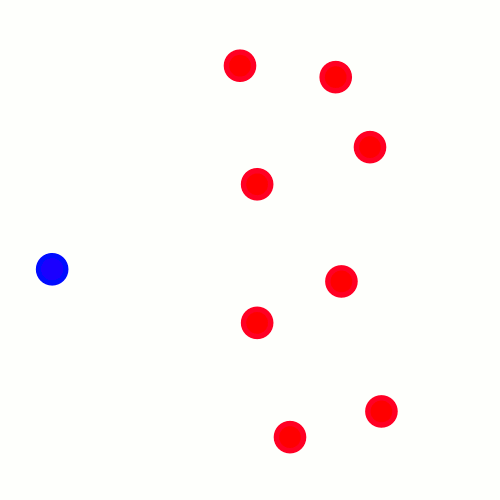I’m currently rereading Five Practices for Orchestrating Productive Mathematics Discussions by Smith and Stein (2011) as part of a book study with a school. I’ve always appreciated this book as a great stepping stone from a classroom where the teacher is the ultimate knower of math to a classroom where students construct their own understanding. The book offers five immensely helpful strategies to ensure that a discussion of a math task (which, to me, is the hardest part to get right) yields fruitful mathematical conversation. The book is replete with helpful vignettes, strategies and commentary so post- or mid-problem discourse results in mathematical understanding.
However, in this reread I’m struck at how central the teacher is to the discussion itself. The teacher rarely recedes into the background, allowing for students to drive the discussion. Instead, the teacher anticipates the questions or problems that might arise, plans who speaks, and posits additional questions to probe deeper. This is absolutely a significant step forward in decentralizing the teacher. But how could we foster even more student ownership of the conversation?
It almost never happens naturally. Students typically have to learn how to drive the conversation, or at least move it forward. I wrote about one strategy I saw a teacher employ in the intro to the chapters on Effective Facilitation in Necessary Conditions. Sarah started off her year with a “question of the week” for nine successive weeks. Why nine? Because that’s how many sleeves these things have:
In every one of these sleeves was an index card with these written on it.
Week 1: Can you justify that?
Week 2: What assumptions are we making?
Week 3: Does that align with our initial estimate?
Week 4: Is there a different way we could do this?
Week 5: Tell me how you know that.
Week 6: Did we consider everything?
Week 7: What other problem does this look like?
Week 8: How confident do you feel in your answer?
Week 9: Did you communicate the math clearly?
Each week a student had to actively seek to ask that week’s question at least three times. And yes: for a grade. Sarah would listen carefully during groupwork and whole-class discussion for students to use that week’s question. After about week three, she allowed students to use the question from that week as well as those from previous weeks.
Sarah, and her students, reported that it feels very artificial at first. New skills always feel artificial at first. Think about when you first learned to cook. You probably had to return to the recipe after each step or multiple times per step. It requires a lot more active brainwork to perform a new skill.
As a clunky requirement, at first, some students may ask it at the very beginning of class just to get it out of the way. That’s fine. If a student isn’t asking the question, Sarah instructs them to ask it for “homework” and tell her about it the next day. That’s fine too. Eventually, student-to-student questions become routine.
Another strategy I love is from Hands Down, Speak Out by Kassia Omohundro Wedekind and Christy Hermann Thompson. To define directly from the book, a Hands-Down Conversations are “conversations that flow among students without the use of hand-raising, and in which the teacher is not the primary speaker.” (p.3) (emphasis mine). This is an excellent encapsulation of my ideally orchestrated classroom conversation. Hands Down describes “conversation communities” and “conversation clubs” among students.
In a “conversation club” the students have had plenty of opportunity to engage as a class and engage in paris (such as in a “turn and talk” routine), but now students are ready to discuss with one another in small groups. Pairs of students group with other pairs of students to keep the conversation going.
Perhaps another distinction can be seen through the primary goal of the lesson. In Five Practices, the primary goal of the discussion is the mathematical content. Early in Sarah’s class or a ”Conversation Club” the primary goal is to support students in developing conversation skills. The secondary goal in these latter examples is the content. Eventually, after multiple iterations of these lessons, the math content becomes the primary goal and the students are habitualized into supporting that primary goal themselves.
Hands Down helpfully offers the notion of a conversation map (complete with a template in the appendix) to ensure that all students are engaging in the discussion. And, as importantly, that they are engaging one another in that discussion.
I too “gif’d” about this a while back when thinking about how lectures look. Namely, are the conversation connectors primarily between teacher-student or student-student?
Five Practices offers teachers an excellent first several steps at planning for classroom discourse. It helpfully offers a transition between complex work on discussion worthy tasks into mathematical knowledge. It also adeptly demonstrates how to elevate student work so that students may showcase their brilliants via multiple strategies. By no means would I suggest abandoning this crucial series of classroom practices. Teacher-orchestrated classroom conversations are essential for learning! However, a teacher looking to flatten the existing structure of expertise in the classroom will have to take it another step or two further: teaching, allowing and relying on students to become the maestros.

